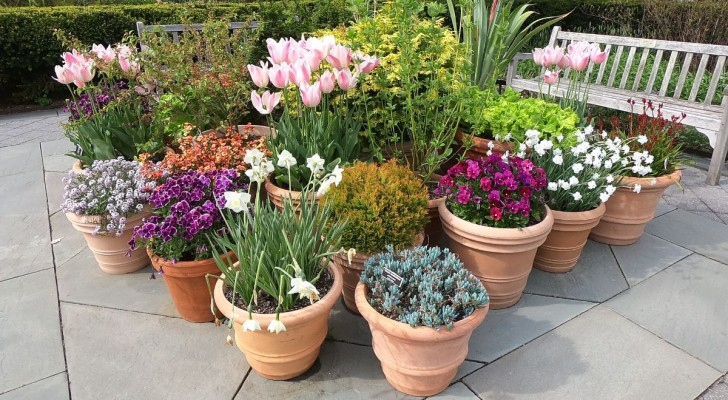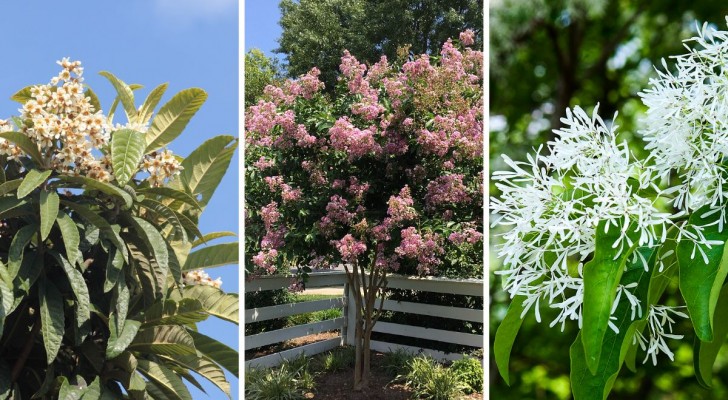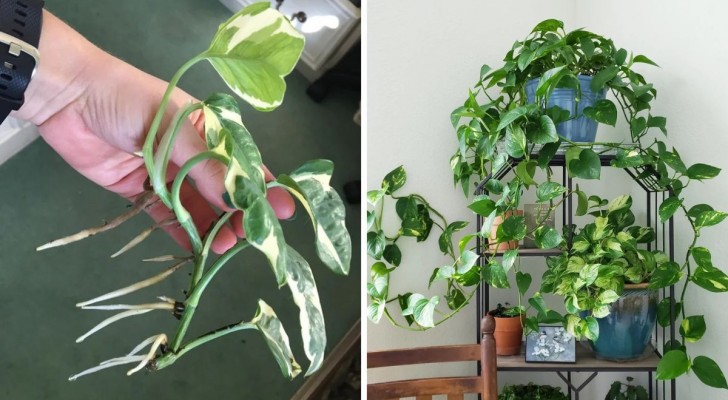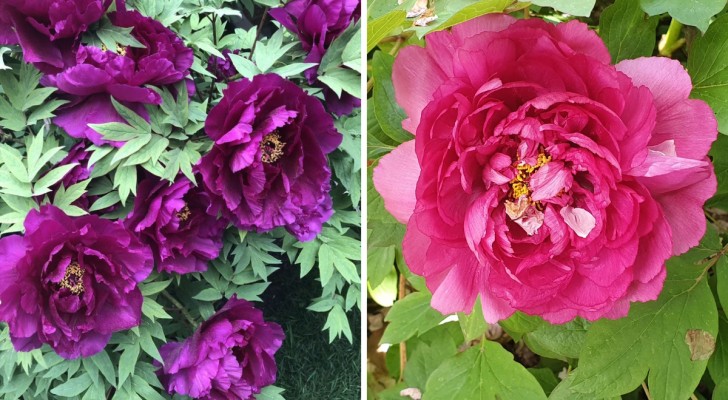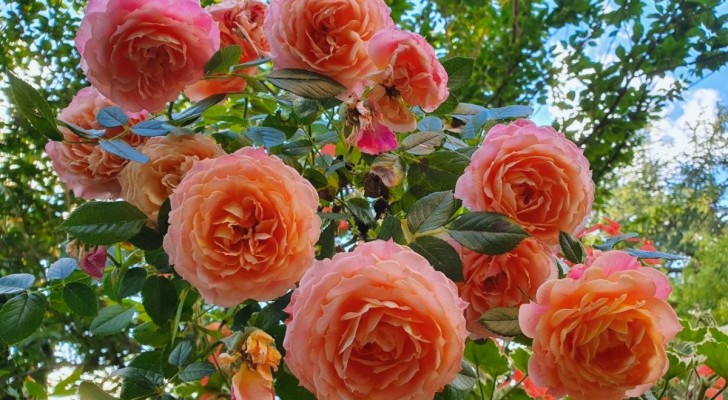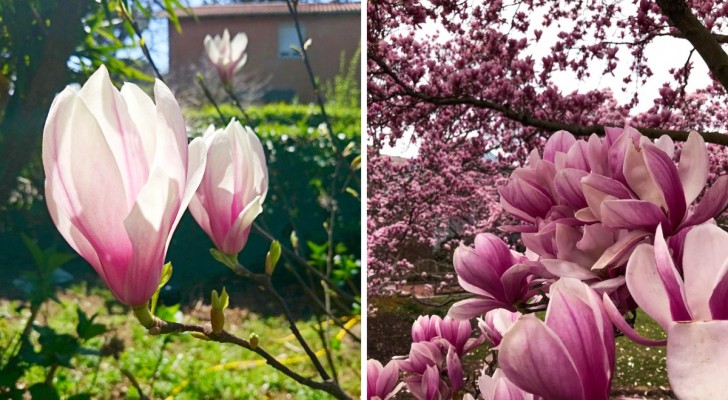How to plant roses: useful tips for getting beautiful and lush plants

Spring is the time when you want to fill your garden with all the beautiful flowers that we see blooming all around us, and roses are certainly amongst the most popular plants with gardeners. Anyone who has a green area at home, even if it is just a few pots on the balcony or a small garden, it is highly likely that there is at least one rose plant present.
There are an infinite number of different types of roses, but at the time of purchase, they are unlikely to be very large plants. On the contrary, we happen to buy some (especially if we buy them online) they do not, of course, come as fully established, mature plants already embedded in soil. So how do we introduce them into our green spaces? When and how should they be planted in flower boxes or garden flower beds?
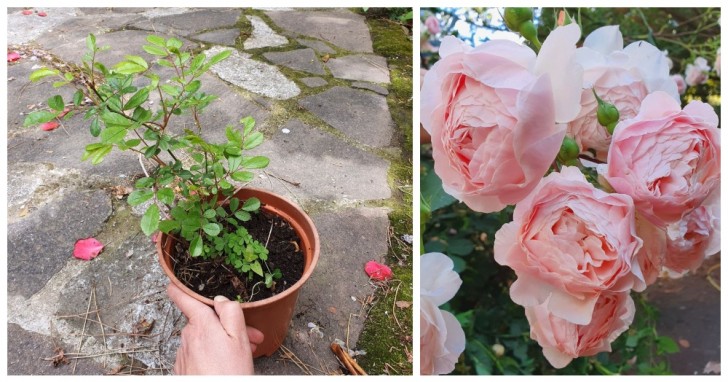
Creativo
First of all, ask questions about the roses before buying them: they always want exposure to the sun, where they are touched by direct sunlight for about 6 hours a day (or even more). Some species will manage to grow in partial shade (but they will bloom less). However, if you live in areas where the hot seasons are very hot and dry, then it will be better to find places where they are partially shaded from the sun during the hottest hours of the day.
As for the the soil, it is good if it is very rich in nutrients, and only slightly acidic or even has a neutral PH. Then enrich the soil of the flower bed with a good quality organic material (compost, earthworm humus), or add these to the soil you will use in flower pots. You will also need to make sure that the soil is not too dense and compact: the roots must be able to develop without restrictions, and there must not be too much clay which will make water stagnate. Lighten up the substrate in which you will seat the plant with a little sand, if necessary.
Avoid planting roses under the canopy of other trees. They also prefer places where they are not fully exposed to the wind. Falling branches and powerful gusts of wind can damage even adult roses.
Always remember to keep a minimum distance between plants when planting multiple roses together. Instructions are often shown on the plants packaging which indicates the species and their needs in terms of cultivation. In any case, at least 50 cm between the various plants is recommended for rose with a more compact or upright posture and at least 70 cm for those that tend to spread out more. In this way, each individual plant will grow optimally, as it will avoid the inteference/contamination between plants if they are attacked by parasites and fungi, and there will not be strong competition for the nutrients of in the soil.
Always ask the retailers, at the moment of purchase, if it is time to move the plant from the pot in which it comes, to a larger one or into the garden: generally these transplants should be avoided in hot periods (i.e. in summer) or when the specimen is still small and its roots have not fully occupied all the space available in the pot.
When the right time comes:
- Prepare / aerate the soil in the pots properly and, if they are to be planted in the garden, create a wide and deep hole and fill it with enriched and well-draining soil. Only then proceed with planting the rose. Use spades and hoes to aerate the soil thoroughly.
- If the roots of the rose in the pot from which you remove it are tangled up, very delicately try to loosen up at least the lower part of the root clump, and without breaking any of them. This will help the plants to take take root in the new soil. If, on the other hand, they came without roots, you will have the opportunity to check their overall condition, trimming away (with sterilized and very sharp scissors) any damaged parts - but always delicately and without being excessive.
- Remember to water the plant immediately after repotting, and make sure it gets water a little more often for the first few weeks (but don't water the soil every day - you can check the status every two or three days).
Happy gardening!
